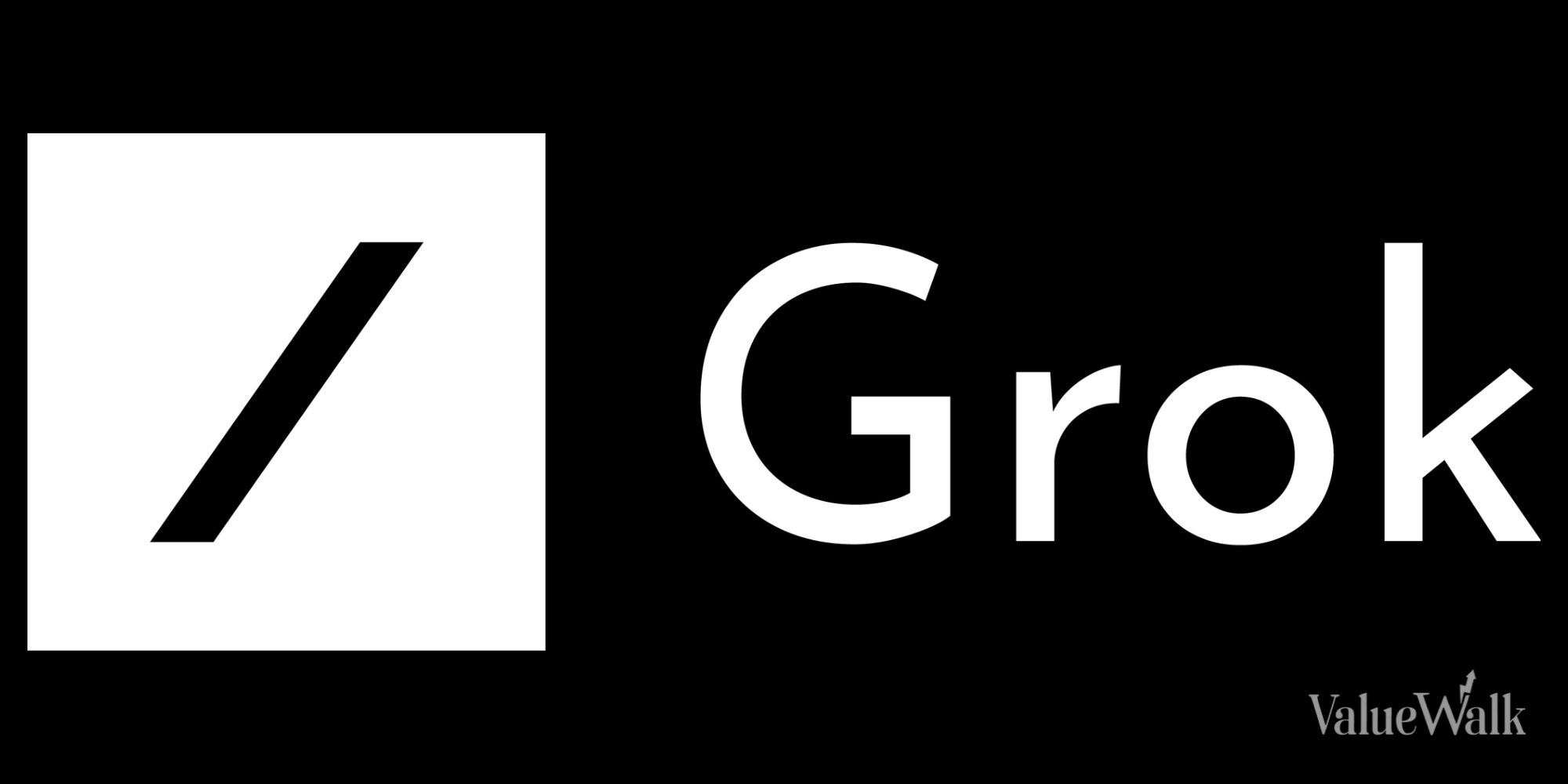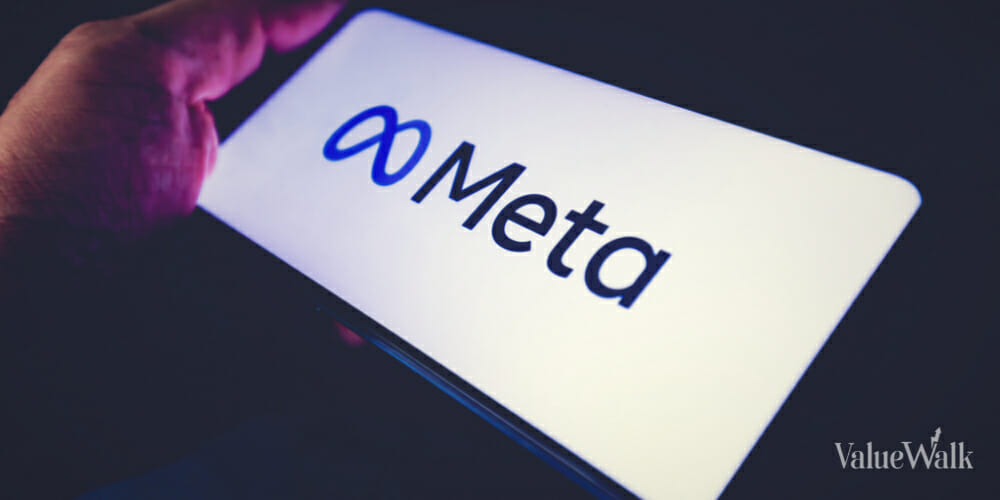Apple Inc. (NASDAQ:AAPL) has been rumored to be working on a so-called “iWatch” for some time. More and more patents have revealed possibilities of what the company’s first smart watch might have to offer. This latest patent is quite comprehensive and is called “Wrist-worn electronic device and methods therefor.”
Apple patents iTime concept
Although Apple’s smart watch is widely expected to be called the iWatch, the patent filing (spotted by Apple Insider) suggests otherwise. One of the illustrations calls the smart watch the iTime instead.
As is expected of Apple’s smart watch, the patent describes a device that is worn on the wrist and that connects to smartphones, iPads and other devices. It even goes beyond expectations in saying that the straps of the device could feature sensors or other circuits that are designed to improve its performance. There’s also a place for a media player. However, that may not be all Apple has in store.
Apple’s iWatch aspirations
In the patent filing, Apple actually references its iPod Nano, essentially converting it into a device that’s worn on the wrist. The device can then be inserted into special straps that contain circuitry designed to add to its capabilities. The patent references a variety of components like GPS modules, wireless communication parts, accelerometers and feedback mechanisms that could be incorporated into the strap for the device.
Then Apple goes even further and references a “personal wireless environment,” which is basically another way of referring to the iOS ecosystem. However, it seems to go beyond that because the wrist device is able to interact with several different types of device that are in the general vicinity, including an iPhone or even a laptop or PC. According to the patent, the so-called “iTime” is able to use both wired and wireless communication protocols to connect to a device that is on the Internet or otherwise on a cellular network. The aim is for the two devices to exchange information.
Applications for Apple’s patent
Apple offers some suggestions of how this technology could be used. For example, the device would be able to receive notifications that pop up on a phone that’s nearby. It could then give audio or visual or even vibrations to notify the user. The user could then pull out the phone or use the iWatch to view or listen to it.
Other applications include using it for phone calls, to see text messages and to view social networking fees, as well as other information that would show up on the smart watch’s display. It could even control a media player or alert the user that they’ve left their iPhone behind or that it has been stolen.
Apple suggests that the smart watch could even operate on its own by incorporating all the components into it so that a separate device is not needed. The company also includes arm and wrist gesture control as a potential feature.






